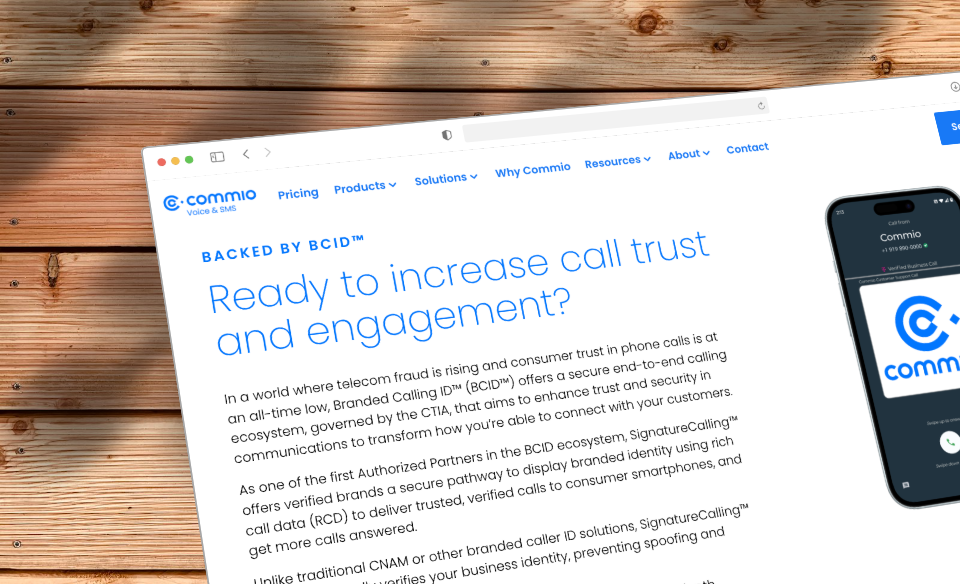The better a business understands the environment in which it operates and the results of those operations, the better that business can steer future operations to maximize profit and efficiency.
Predictive analysis is the science of using available data to anticipate and respond to future trends – and it’s a powerful tool to allow businesses to design their strategy.
Following are some key practices for employing predictive analysis in an effective way:
Gather the right data.
No one can take action on data they don’t have, and the most important metrics may or may not be ones that are gathered through essential business functions. For example, demographic data is extremely important in steering marketing efforts, but may not be revealed by a point of sale system without additional data-gathering design.
Use data proactively.
It’s not enough just to see weaknesses in business practice and address them. Businesses should also explicitly plan for growth and improvement.
Clearly define objectives.
A goal of improving customer conversion rates for an online store or reducing call length at call centers is actionable, whereas more nebulous goals such as increasing profit might be too broad to facilitate decision making.
Gather data as broadly as can be analyzed.
An overwhelming amount of un-interpretable data doesn’t help anyone – but a dataset which tracks only the variables a manager believes are important risks ignoring data that could illuminate surprising new insights. As much data as possible should be gathered – so long as that data can be analyzed efficiently.
Models should be as accurate as they are practical.
In many cases, predicting general trends is enough to design an effective strategy. Model accuracy in predictive analysis is less important than the ability of a model to steer policy in the right direction.
Data gathered should be as accurate as possible.
Faulty data lead to faulty predictions, which in turn lead to faulty steering. Data should be evaluated for comprehensiveness and accuracy.
Invest in the tools needed to analyze data effectively.
However, don’t over-invest in tools: the data should always be the focus, not the data environment.
Act on the information gathered.
Predictive analysis isn’t valuable in and of itself. It needs to be translated into policy in order to have any effect on a business.
To learn more about how predictive analytics can benefit operational effectiveness with your communications needs, talk to our experts at Commio.















